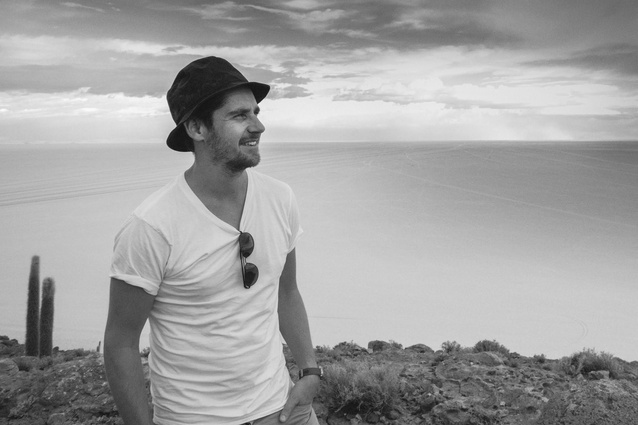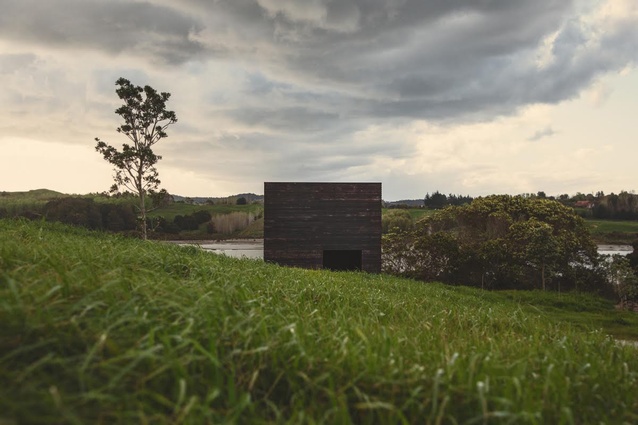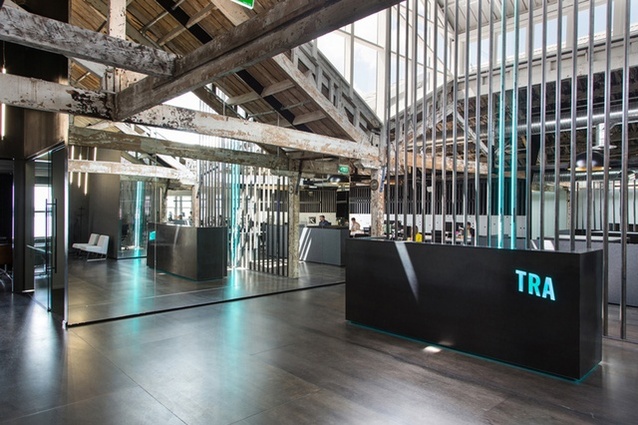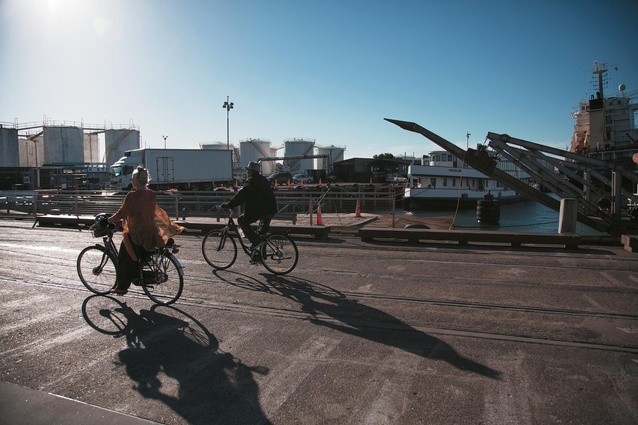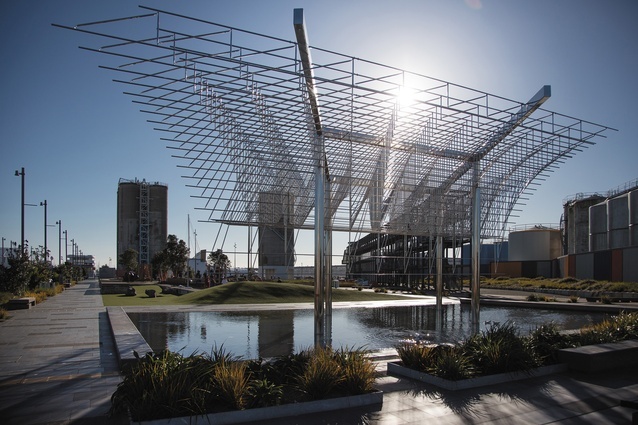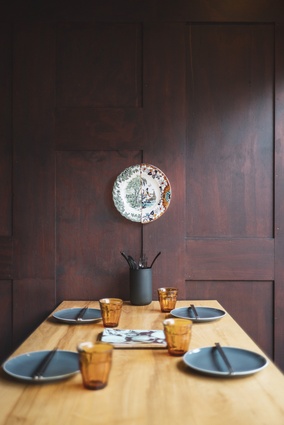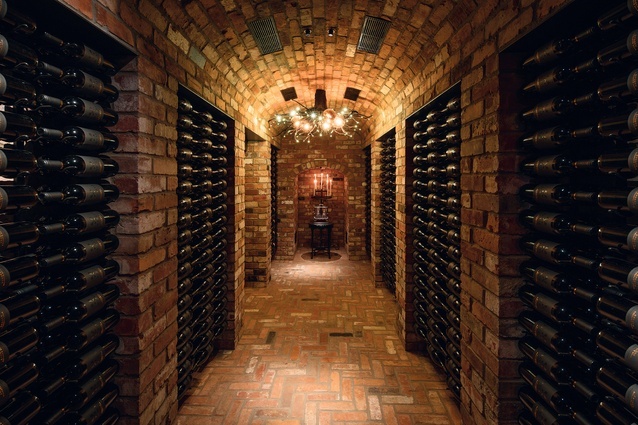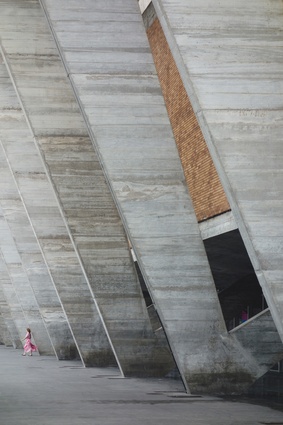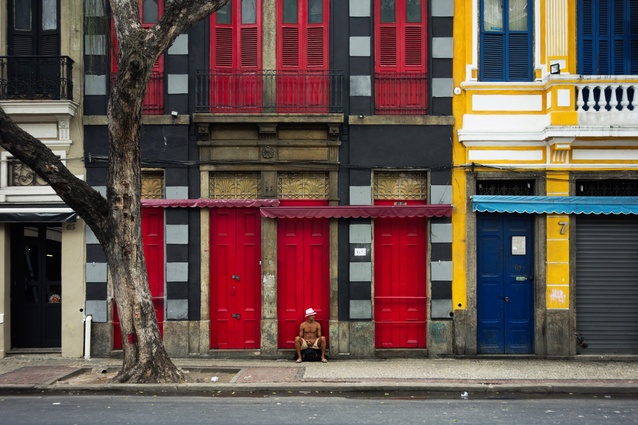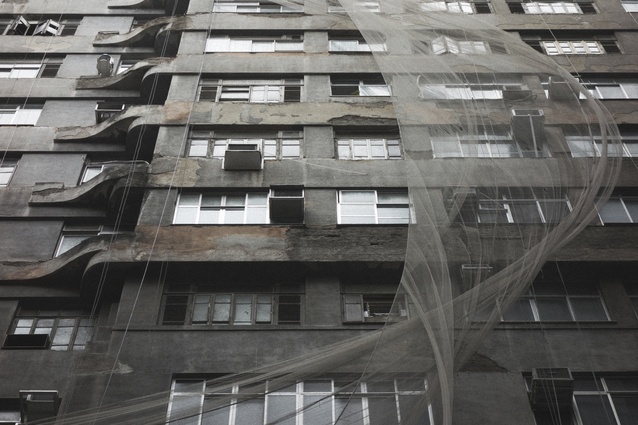Vale: Jeremy Toth
Nat Cheshire honours the life and work of architecture and lifestyle photographer Jeremy Toth.
Jeremy and I met when we were students. We were friends long before we were colleagues.
For the last decade I have been working alongside you all in reshaping Auckland, in the hope that it might become some place worthy of cradling and framing and nurturing the lives of such special humans as Jeremy Toth.
Jeremy didn’t shoot our work. We worked so that Jeremy might have something worthwhile to shoot.
I am so sorry to say that he is gone.
Jeremy was a great photographer long before he hit architecture. After years of our discussing a mutual love of space and light and time and craft we shot together a little studio Pip and I had made for the painter Stephen Bambury. The outcome was beautiful. That one shoot was all it took. His name is all over everything we have since made. A few years on, a public showing of Jeremy’s film of two cabins saw him join in the endeavours of a great many of the giants of our art. They knew genius wrapped in denim when they saw it. The moving image became a part of our language of architectural representation.
I remember first comprehending what Jeremy was capable of as he crawled around in a gutter at Goat Island, worming around in the gravel and the dust until this little quiet end of the building was seen and captured just so perfectly square. Jeremy was singular in this way: casually, determinedly, astonishingly brilliant. Denim and tee shirts and the best photographs in the world.
That denim and those tees that hung from Jezza’s shoulders – they hang now in Jeremy’s wardrobe, still arrayed on their matching timber hangers, still sorted by colour, still one point two five inches apart. It is a devastating detail.
Detail is what defined Jeremy as a photographer. Many turn up at sunset with a camera and a tripod and make grand pictures of grand buildings in grand landscapes in their own vision. Jeremy crawled in the gravel at dawn. Jeremy didn’t impose himself, he introduced himself. Jeremy didn’t give you his vision. He wanted yours. Then he set about giving it back to you, better than he found it. His beautiful work was more central to the success of our own endeavour than I had initially understood. I am sure that this is true for all who worked with Jeremy. He helped us become better versions of ourselves.
Jeremy would start by observing the way a little bit of wood and some concrete met. Or maybe the funny place you had put a light switch. Captivated by why something so small and banal might here be so careful and strange, he made us pictures from the inside out, with a far greater love for the small things than the big things.
Jeremy worked from small to large, and in doing so he made images that were enormous in their impact. Jeremy showed us that the world is as infinitely small as it is infinitely big; that what lay in the dirt at his feet was as precious as what lay over the horizon. Now that he is gone, and I cannot look over that horizon with him, I wish only that I treasured more the ground we walked together.

